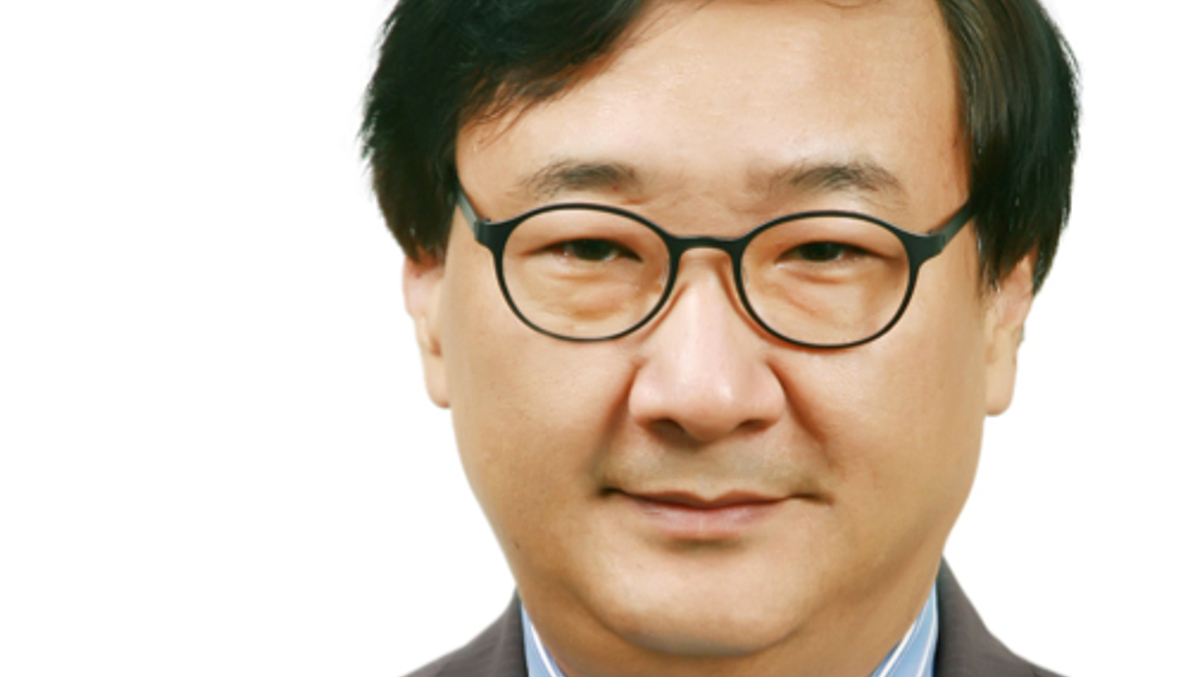Seeking yield in safe assets
Lee Dong-ik, Korea Investment Corporation.

Lee Dong-ik became chief investment officer at Korea Investment Corporation in April, replacing Scott Kalb. He expects the $47 billion sovereign wealth fund to hit $50 billion in assets under management by the end of the year and $100 billion in 2017.
Sign in to read on!
Registered users get 2 free articles in 30 days.
Subscribers have full unlimited access to AsianInvestor
Not signed up? New users get 2 free articles per month, plus a 7-day unlimited free trial.
¬ Haymarket Media Limited. All rights reserved.


